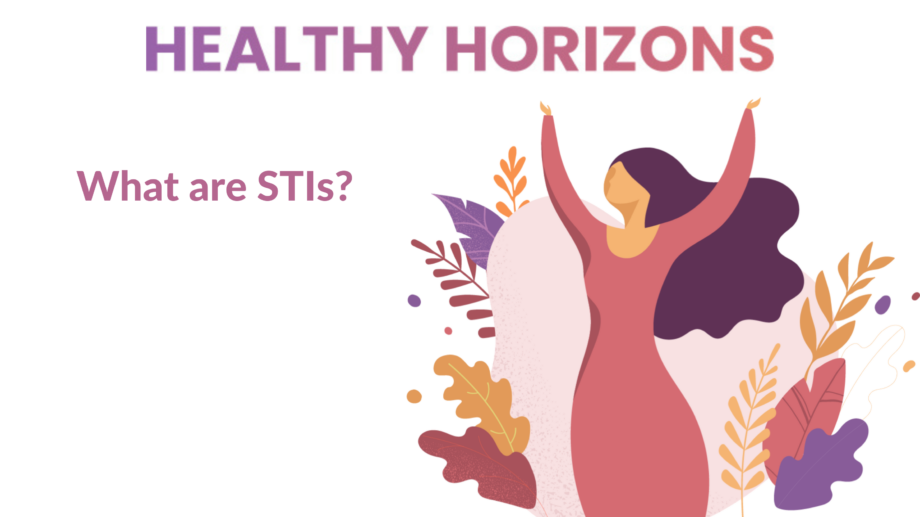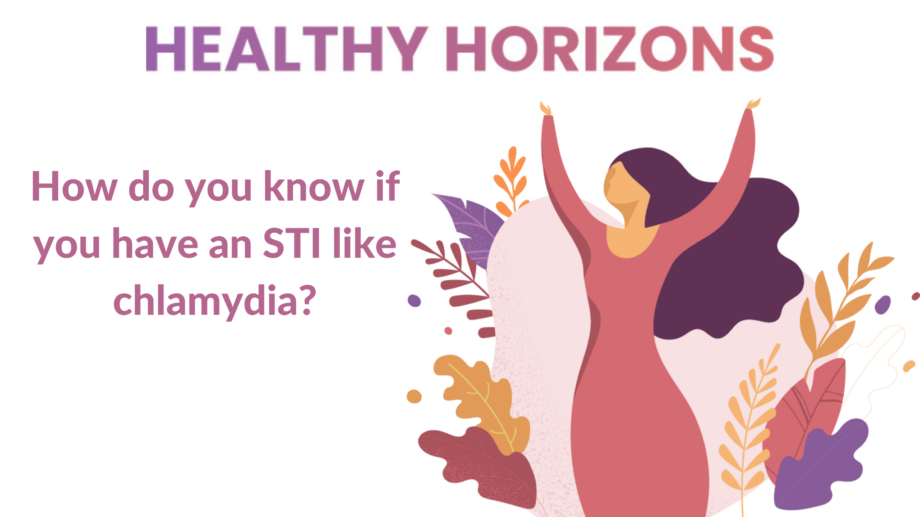If I was in a situation where there are certain symptoms, that is one question I would want to address. And number two, generally speaking, sexually transmitted infections are on the rise. And this does not mean all 30 of them that I'm talking about, but in general the number of them are rising. Now it may be that we are testing more, and perhaps previously because a large number of these are actually asymptomatic.
So that's another really key point. Please don't think that just because you don't have any symptoms that you are safe from this... It's actually a monster. Because it can have short-term consequences, it can have long-term side consequences.
So for example, the most common sexually transmitted infection that I see (and is the standard statistic) is chlamydia. Three-quarters of chlamydia infections are asymptomatic. Those women will have no clue that they have this disease.
Other things that may give clues that something is wrong could be an ulcer down below in the vulva/vaginal area (for many it might be penile); discharge or an abnormal vaginal discharge. Often it's good to be in tune with your body as to what is your 'normal baseline' and that helps you identify if some change from that baseline has occurred. So if there's a copious amount of vaginal discharge, if it's yellowish, greenish, a bit frothy; it's itchy or I've got an ulcer; bleeding that is irregular, especially bleeding after sex or bleeding between periods; or pain, pelvic pain.
And so back to chlamydia as an example, this is a simple infection to identify, but it's a battle both for you as a patient and a woman at the centre of our care and also for our clinicians to ask.




